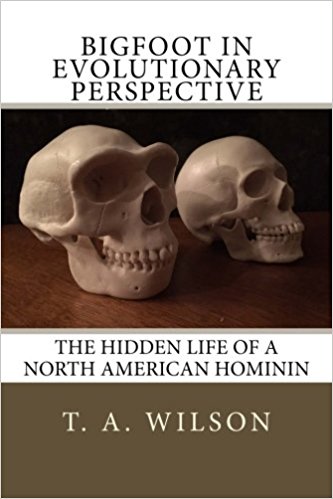The General Theory of Information: Origin of Truth and Hope
This is an inspirational piece. The expressions are a little repetitious, but they stimulate reflections on concepts we take for granted. The book is broken down into short episodes, instead of more lengthy chapters, hoping to capture alluring concepts and cataloguing them accordingly. In each, a different aspect of separability and non- separability, as well as nonlocal and nonlocality are discussed with respect to various mindsets. These are to make sense out of the universe in terms of reality, taking into account the various theories that deal with either the smallness of the universe, quantum theory or the largeness, relativity theory.
The authors of the book recognize Claude E. Shannon as the founder of information theory. His original work involved mathematic models for storing and compressing information data. The theory’s primary application is in information transmission in data processing. The book’s approach to explaining the dynamic processes of information is rather mathematically consistent. This is because the different aspects of information transition are categorized and born into a syllogistic environment allowing logical deduction in addition to algorithmic methods. The theory of information as it appears in this book, however, proposes to unlock the secrets of reality.
Some of the more important considerations include speed of light, space, time, and gravity. At the speed of light, time and space equal zero. Presumably, this would imply that time and space would cease to exist in realms where particles move at the speed of light. This indicates that there is no space-time and no gravity on the subatomic level since the electrons are moving at light speed. According to the theory, the nature of information becomes blurred.
The subtle leaps in sub-atomic particles, where an electron leaps from one orbital zone to another is one of the areas addressed by General Information Theory. According to quantum theory, the electron vanishes from one orbital plane to another, either higher or lower. We know this much: if higher, it absorbs energy; if lower, it gives up energy. Either way, energy is exchanged. But how is the information about the electron’s location revealed? This has been a mystery. When an electron leaps from one orbital zone to another, according to quantum theory, the electron vanishes and then reappears as though by magic. Even though we know there is an energy change proportional to its location, how do we know the information about this action? At last, the General Theory of Information promises to unlock the secret.
The premise of the book explains why information exists in two forms: local and nonlocal. The theory in the book is an attempt to explain how information transforms from one state to another. This is based on Einstein’s special theory of relativity. At the speed of light, the book says, time and space don’t exist. Consequently, on the quantum level, this occurrence is common.
Although the future of information theory needs more refining, the book proposes significant advances that will stimulate profound insights of the workings of nature and in general how we think as human beings. The read will, at the very least, broaden our scope of an idea that at one time served only as a practical tool.
| Author | |
|---|---|
| Star Count | 4/5 |
| Format | Trade |
| Page Count | 129 pages |
| Publisher | CreateSpace |
| Publish Date | 10-Aug-2012 |
| ISBN | 9781470026134 |
| Bookshop.org | Buy this Book |
| Issue | January 2013 |
| Category | Science & Nature |
| Share |








Reviews
There are no reviews yet.